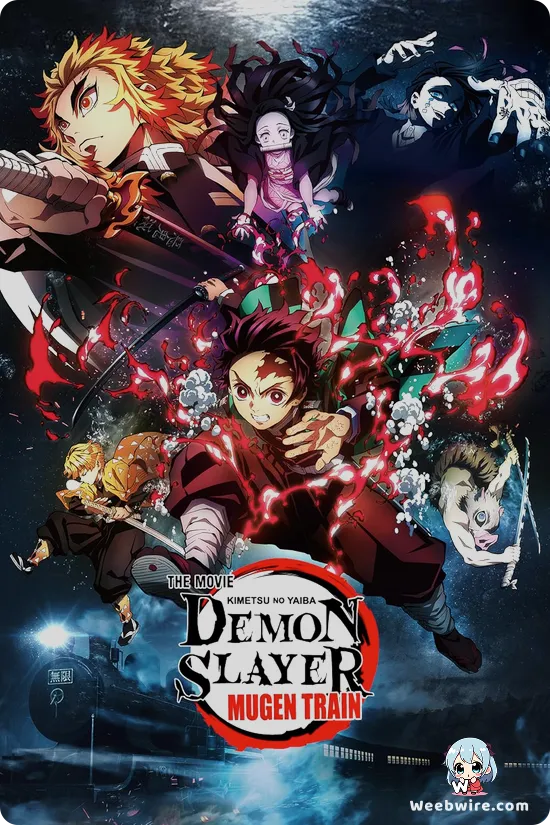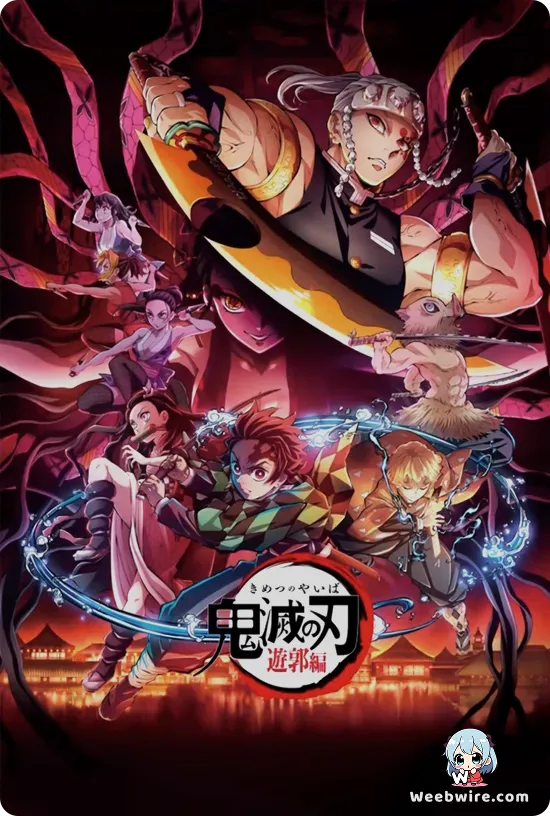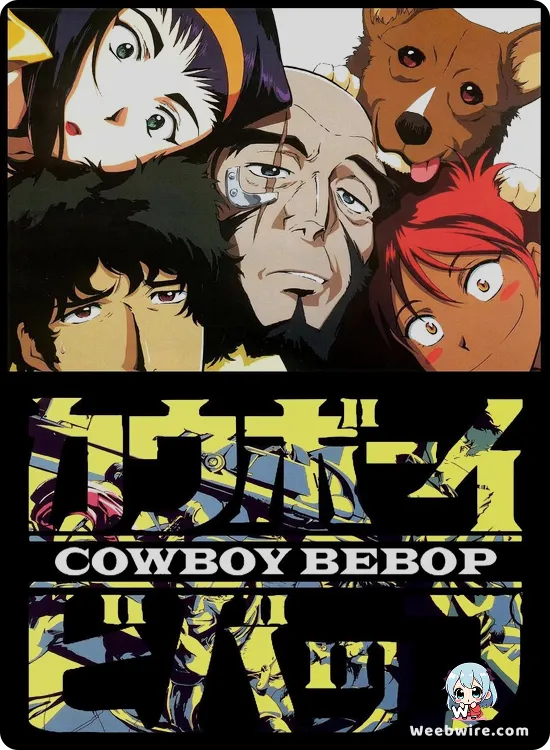From Shadow Games to Global Stage: Unearthing Yu-Gi-Oh!'s Untold Legacy
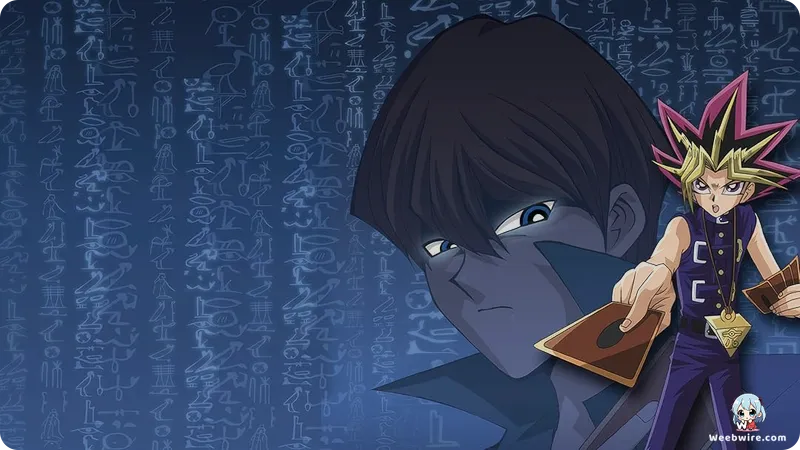
For over two decades, the Yu-Gi-Oh! universe has captivated global audiences, evolving from a humble manga into a multi-billion dollar franchise encompassing anime, video games, and a wildly popular trading card game. Beyond its epic duels and iconic monsters, a treasure trove of lesser-known facts offers a deeper appreciation for this phenomenon, revealing its unique creative journey, profound cultural impact, and remarkable adaptations.
The Manga's Unexpected Origins
A surprising truth for many is that Kazuki Takahashi's original 1996 manga wasn't initially centered on card games. Instead, early chapters explored various "Shadow Games"—high-stakes contests with supernatural consequences. Protagonist Yugi Muto, guided by an ancient Pharaoh's spirit, challenged foes to dark games from dice to puzzles, where losers often faced psychological torment. It was only after significant reader interest in "Magic & Wizards"—a specific card game featured in a few chapters and the direct precursor to Duel Monsters—that Takahashi pivoted the manga's direction, setting the stage for the global sensation.
Takahashi's Vision and Monster Design
Takahashi, the visionary behind Yu-Gi-Oh!, drew inspiration from his lifelong passion for games, viewing them as a powerful canvas for character development. His design philosophy aimed for cool and intimidating monsters, blending mythology, fantasy, and modern technology. The intricate designs of figures like the Blue-Eyes White Dragon and Dark Magician exemplify his artistic vision, fusing ancient mystique with a futuristic edge.
Localization and Censorship
The anime's international success also brought extensive localization and censorship, notably for the English-language Yu-Gi-Oh! Duel Monsters dub by 4Kids Entertainment. To suit younger Western audiences, numerous alterations were made. The "Shadow Realm," a mystical dimension for defeated duelists, famously replaced the original Japanese version's depictions of actual death or severe harm. This euphemism transformed life-or-death scenarios into a more child-friendly purgatory. Other changes included replacing visible firearms with laser effects, obscuring religious symbols, and altering dialogue to remove references to death or gambling, often resulting in unintentionally comical lines now iconic among fans.
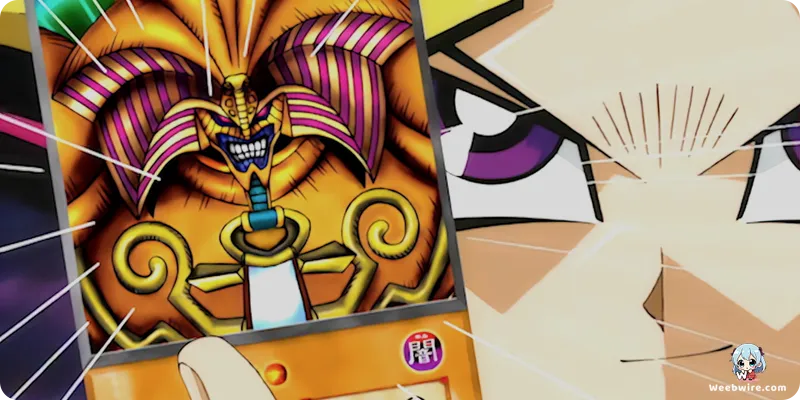
Hidden Meanings in Character Names
Character names often hold subtle meanings: "Yugi" (遊戯) translates to "game," reflecting his dueling connection. "Muto" (武藤) means "military wisteria." While "Kaiba" (海馬) means "sea horse," a popular theory suggests it's a clever play on words referencing "game place," fitting Seto Kaiba's obsession. These linguistic nuances add another layer of depth.
Anime and Card Game Synergy
The symbiotic relationship between the anime and the real-life Yu-Gi-Oh! Official Card Game (OCG/TCG) is another fascinating element. The anime's overwhelming popularity directly fueled the physical card game's explosive growth, making it one of history's best-selling TCGs. This influence was bidirectional; real-life card mechanics or popular cards sometimes influenced anime plot points, keeping both mediums vibrant and relevant.
Studio Gallop's Contribution
Studio Gallop, the animation studio behind Yu-Gi-Oh! Duel Monsters and subsequent iterations, was crucial in bringing Takahashi's vision to life. Their consistent animation and dedication to intricate card battles ensured the anime remained visually engaging. While an earlier Toei Animation adaptation ("Season 0") explored darker, non-card game elements, Studio Gallop's version became the definitive animated take for global audiences.
From its unexpected origins to its significant cultural adaptations, Yu-Gi-Oh! is a franchise brimming with captivating facts far beyond surface-level duels. These hidden gems underscore Kazuki Takahashi's creative genius and the immense passion that crafted a story and game resonating with millions, cementing its place as an undeniable icon in anime and gaming history.
Credits
Yu-Gi-Oh!
Author
Kazuki Takahashi
Cover Art
Kazuki Takahashi
Studio
Studio Gallop
Publisher
Shueisha
Producers



